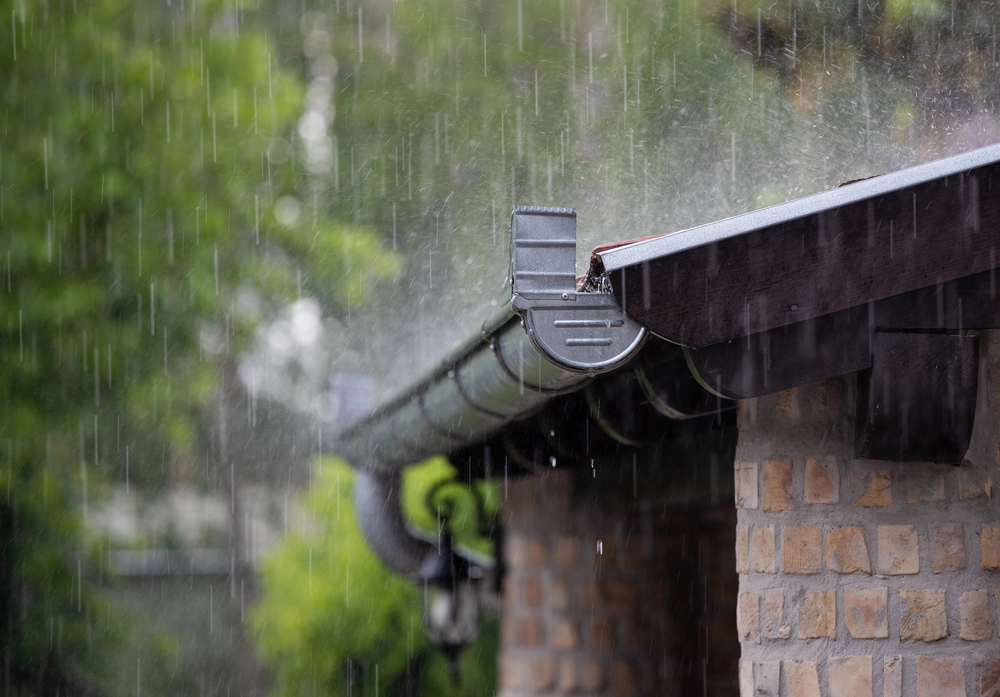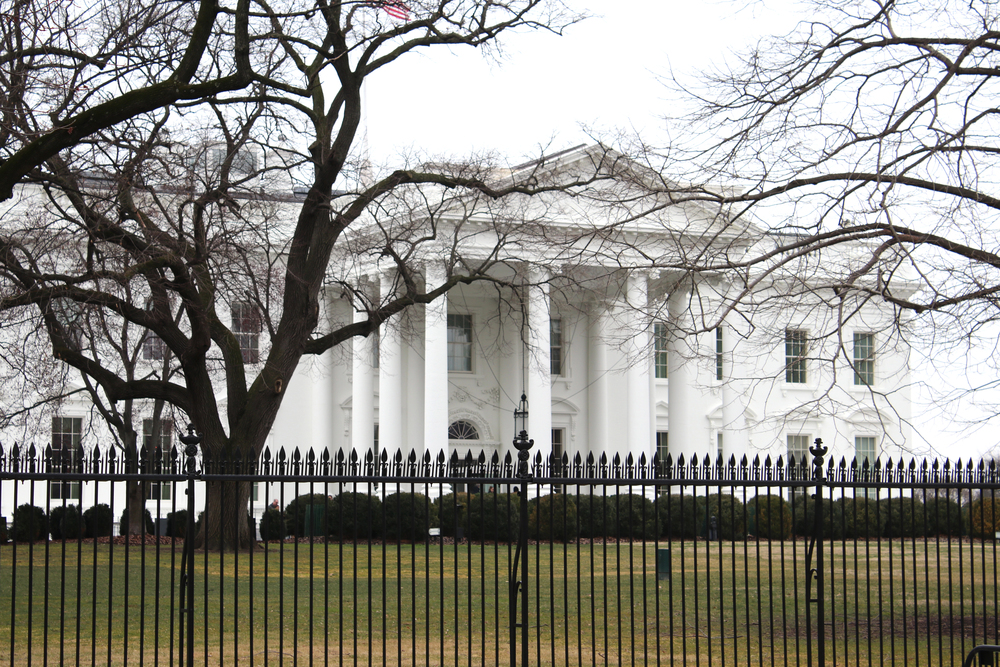Flood ‘Underinsurance Crisis’ Exposes Millions of Homes

Millions of homes remain dangerously underinsured—or completely uninsured—against flood risk, according to a new report by Neptune Flood. The report found that of the $24.4 billion in expected annual flood losses to single-family homes nationwide, roughly 70%—$17.1 billion—is not covered by insurance.
The study also found that flood insurance gaps are both widespread and persistent across the country. Nearly 85% of single-family homes at risk of flooding in the U.S. carry insufficient coverage, leaving households vulnerable to thousands of dollars in out-of-pocket costs.
“Flood underinsurance is no longer a marginal issue—it’s a national economic vulnerability that demands urgent action,” the report states.
More on disaster preparedness
According to the report, a staggering 77% of at-risk single-family homes located outside of FEMA-designated Special Flood Hazard Areas (SFHAs) have no flood insurance at all. Even within SFHAs, more than half (52%) of total expected flood losses are uninsured.
Flood underinsurance is especially severe among low-income households. Over 90% are underinsured, with uninsured losses often exceeding 20% of their annual income.
Despite these challenges, Neptune argues that solutions are within reach—particularly through the private market. The analysis finds that 95% of National Flood Insurance Program (NFIP) policyholders meet private market underwriting standards, and up to 60% could qualify for lower premiums.

Partner with the Big “i” to offer flood insurance.
“The U.S. is facing a hidden flood insurance crisis,” said Trevor Burgess, CEO of Neptune Flood. “Closing the coverage gap is not just achievable, it’s our responsibility. The private sector has the tools and technology to protect millions of American families from the devastating financial impact of flooding.”
The report also outlines several recommendations to build national flood resilience and reduce financial vulnerability, including expanding risk education and flood awareness—especially outside of SFHAs—removing regulatory and lender barriers to facilitate NFIP-to-private market transitions; enforcing flood insurance compliance in high-risk areas; and modernizing outdated flood maps.
“Far too many homeowners underestimate their flood risk,” says Summer Cole, assistant vice president of agency development at Big I Advantage and manager of the Big “I” Flood program. “Independent agents play a critical role in educating clients, closing coverage gaps and guiding families toward the protection they need, which is essential to strengthening community resilience nationwide.”
Will Jones is IA editor-in-chief.











